The ‘work-while-you-learn’ movement: How universities can rethink full-time degrees?
The future of education is at a crucial juncture. As the global job market swiftly evolves with a growing preference for work-integrated learning (WIL) over theoretical education, employers have begun to give practical experience more weight than academic credentials alone.


A full-time college degree was once considered the pinnacle of higher education achievement. Today, that scenario has changed. The rationale behind this switch is that a college degree once guaranteed a future, but that's no longer the prevailing sentiment.
What we are witnessing now is the emergence of a known as 'Learn as You Work' that’s largely influenced by the escalating costs of tuition fees, the changing requirements of job markets and an increasing need for industry-relevant skillset. This shift leads us to the question: Should universities consider adopting more adaptable and hands on learning courses?
The changing terrain of education
The future of education is at a crucial juncture. As the global job market swiftly evolves with a growing preference for work-integrated learning (WIL) over theoretical education, employers have begun to give practical experience more weight than academic credentials alone.
By the end of this year, close to half of employees across the world will need new skills, according to a World Economic Forum study. Surging educational expenses have put a financial strain on students. In a report last year, the Finance Ministry reported that the total student loan debt in the country was over Rs 90,000 crores.
Simultaneously, employers are facing challenges in finding candidates with skills for their industries, leading to a growing interest in alternative educational pathways. Exploring work-based learning programs is the solution for both students and employers.
The rise of work-integrating-learning (WIL) models
The ‘Work-Integrated-Learning’ models isn’t entirely new as apprenticeships and vocational training have been in place for many years. However, what’s happened in recent years is that this model has gathered a significant foothold in higher education settings, with many universities around the world looking to integrate academic programs with hands-on work-based learning.
Let us look at this model closely:
1. Competency-based education (CBE): In this approach, proven skillset are given top priority over merely fulfilling credit hour requirements in an education institution. A good example of this is IGNOU (Indira Gandhi National Open University), which provides flexible degree programs that enable students to advance according to their proven skills.
2. Online and blended learning programmes: Numerous universities currently provide adaptable online degrees that allow students to manage both work and education. Institutions like Amity University Online and Manipal Academy of Higher Education specifically serve working individuals.
3. University-industry partnerships: Businesses and educational entities are collaborating to develop programs that meet the needs of the actual job market. For instance, the IIT Madras BS Degree in Data Science enables students to gain work experience while obtaining a degree in a sought-after domain. IT major Wipro's Work Integrated Learning Program (WILP) has been created to allow engineering graduates to gain valuable work experience whilst obtaining an M.Tech degree from the prestigious BITS Pilani.
4. Credit recognition for work experience: Academic credits for relevant internships, apprenticeships, and work experience may be granted by universities. Internships are incorporated into Symbiosis International University's degree programs.
5. Modular learning and micro-credentials: Rather than following a strict four-year degree framework, universities can adopt modular learning, enabling students to accumulate credits over time through short, stackable credentials. Many top Institutes have launched micro-credential programs to assist professionals in enhancing their skills at their own pace.
Benefits of work-integrating-learning for students
- Studies have indicated that students who participated in internships or apprenticeships were more likely to be offered full-time positions following graduation.
- Students who work while they are enrolled in school are better positioned to pay for their tuition and require fewer student loans.
- Students who work while they study may acquire skillset that employers greatly respect. Employers place a high value on abilities like effective communication and problem-solving strategies.
Criticisms against the model
Although there are numerous advantages, the 'Work While You Learn’ model does come with its fair share of criticisms.
- Maintaining academic rigor: Balancing work and academic coursework in an online or blended format can be challenging for students.
- Not all fields are suited for WIL: While STEM and business disciplines can seamlessly incorporate online work-integrated learning, humanities and research-focused programs may require different learning structures.
- Risk of exploitation: If clear regulations are not in place, some employers may treat students as cheap labour, rather than providing meaningful, structured learning experiences.
The way forward
We all must agree that the conventional path to pursue a full-time degree is no longer the only available option to achieving career advancement in today’s scenario. “Work While You Learn” model offers universities a chance to modernise their teaching approaches to enhance accessibility and alignment with industry needs. Although challenges exist, they can be addressed through execution and policy fine-tuning.
Universities must choose between sticking to traditional methods or go in with the demands of employers and students given the changing workforce landscape. Their current course has the potential to influence how higher education shapes up in the future.
Aditya Mallik is the Chief Operating Officer of Veranda Learning Solutions




![7 Days, 7 Posts: A Simple Strategy to Grow on LinkedIn [Infographic]](https://imgproxy.divecdn.com/7epzwm9-fB6KXqQAejiRwM9a7W7L7TDsZIpMgqiNbSc/g:ce/rs:fit:770:435/Z3M6Ly9kaXZlc2l0ZS1zdG9yYWdlL2RpdmVpbWFnZS9zdGFydF9wb3N0aW5nX2xpbmtlZGluMi5wbmc=.webp)

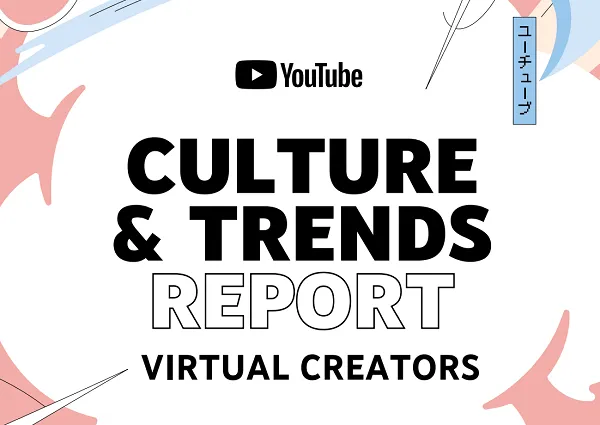
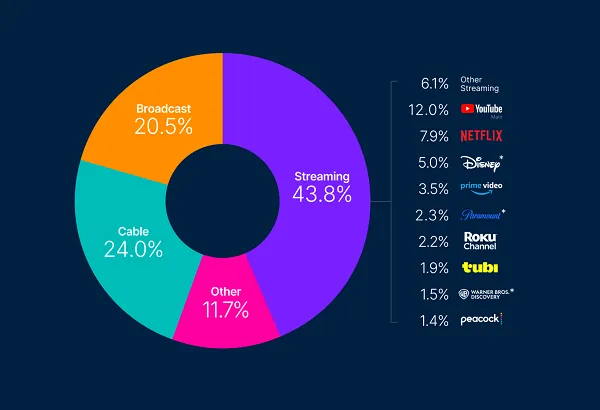






![31 Top Social Media Platforms in 2025 [+ Marketing Tips]](https://static.semrush.com/blog/uploads/media/0b/40/0b40fe7015c46ea017490203e239364a/most-popular-social-media-platforms.svg)














































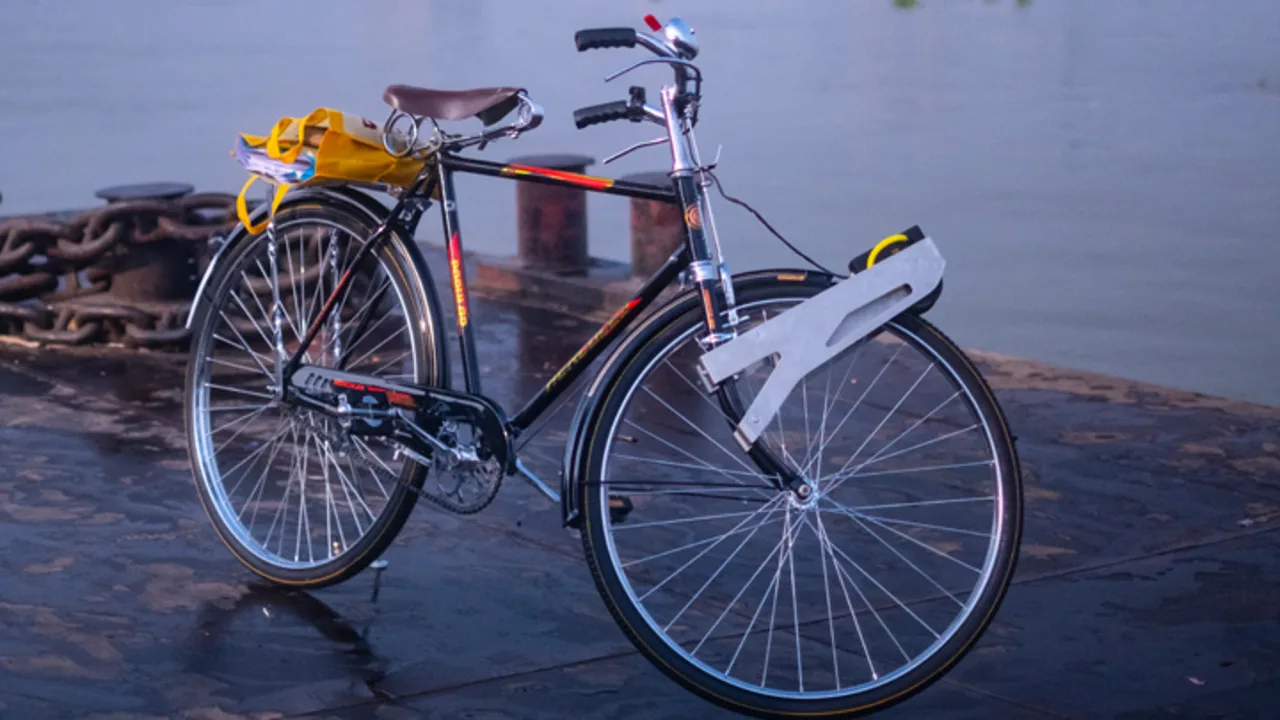























































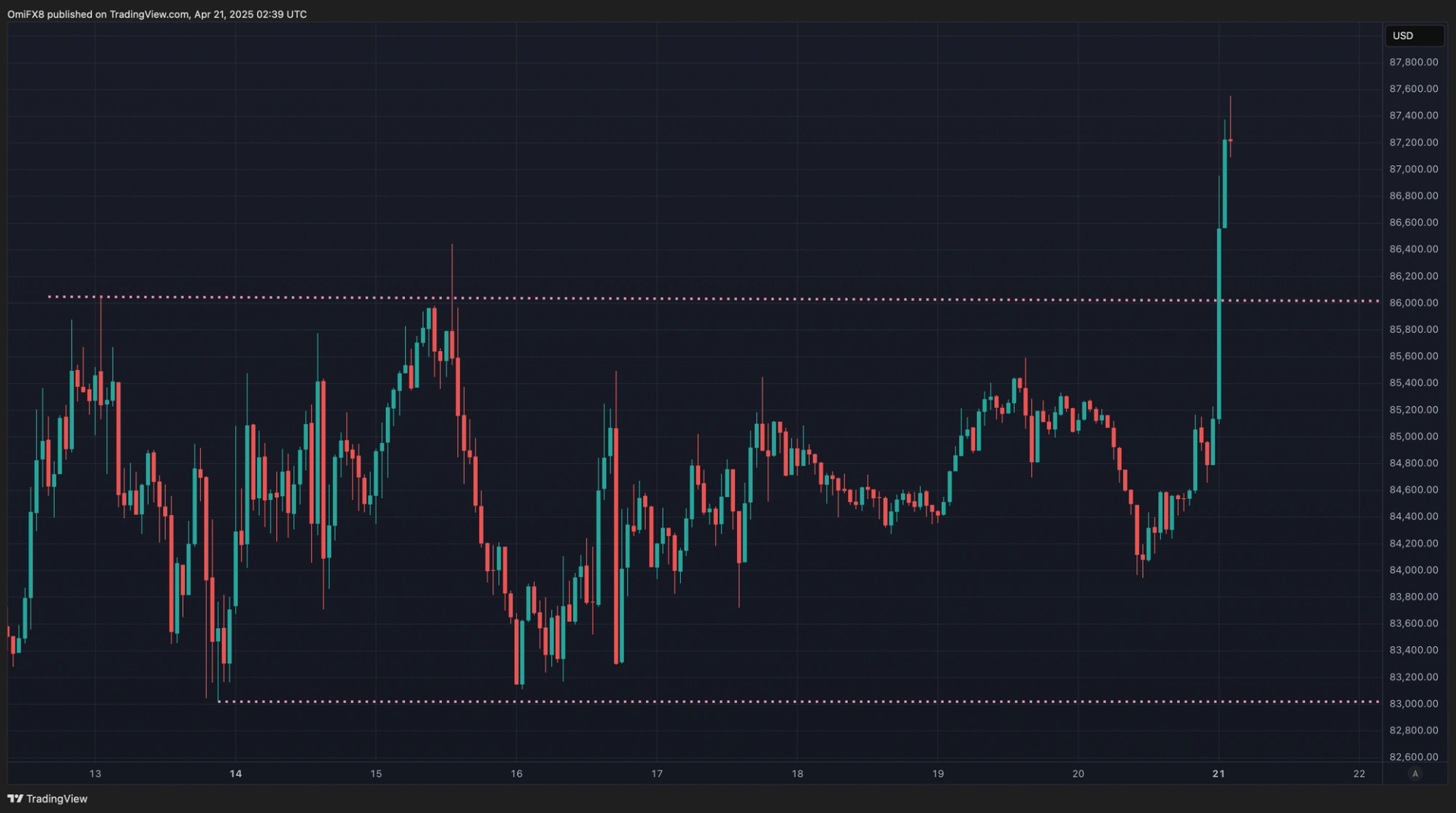








































































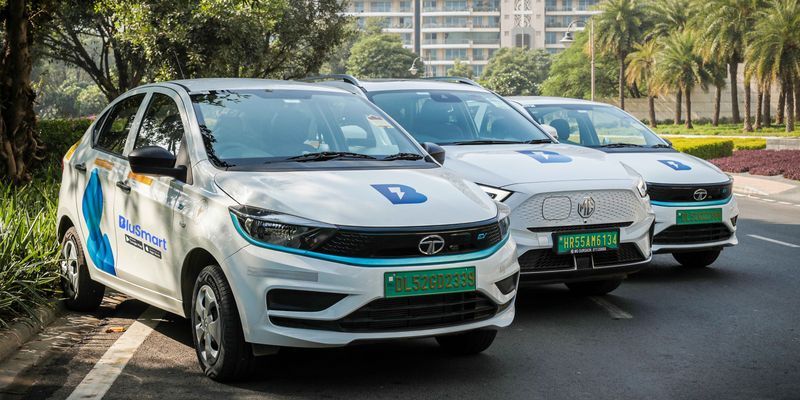

![How to Find Low-Competition Keywords with Semrush [Super Easy]](https://static.semrush.com/blog/uploads/media/73/62/7362f16fb9e460b6d58ccc09b4a048b6/how-to-find-low-competition-keywords-sm.png)
